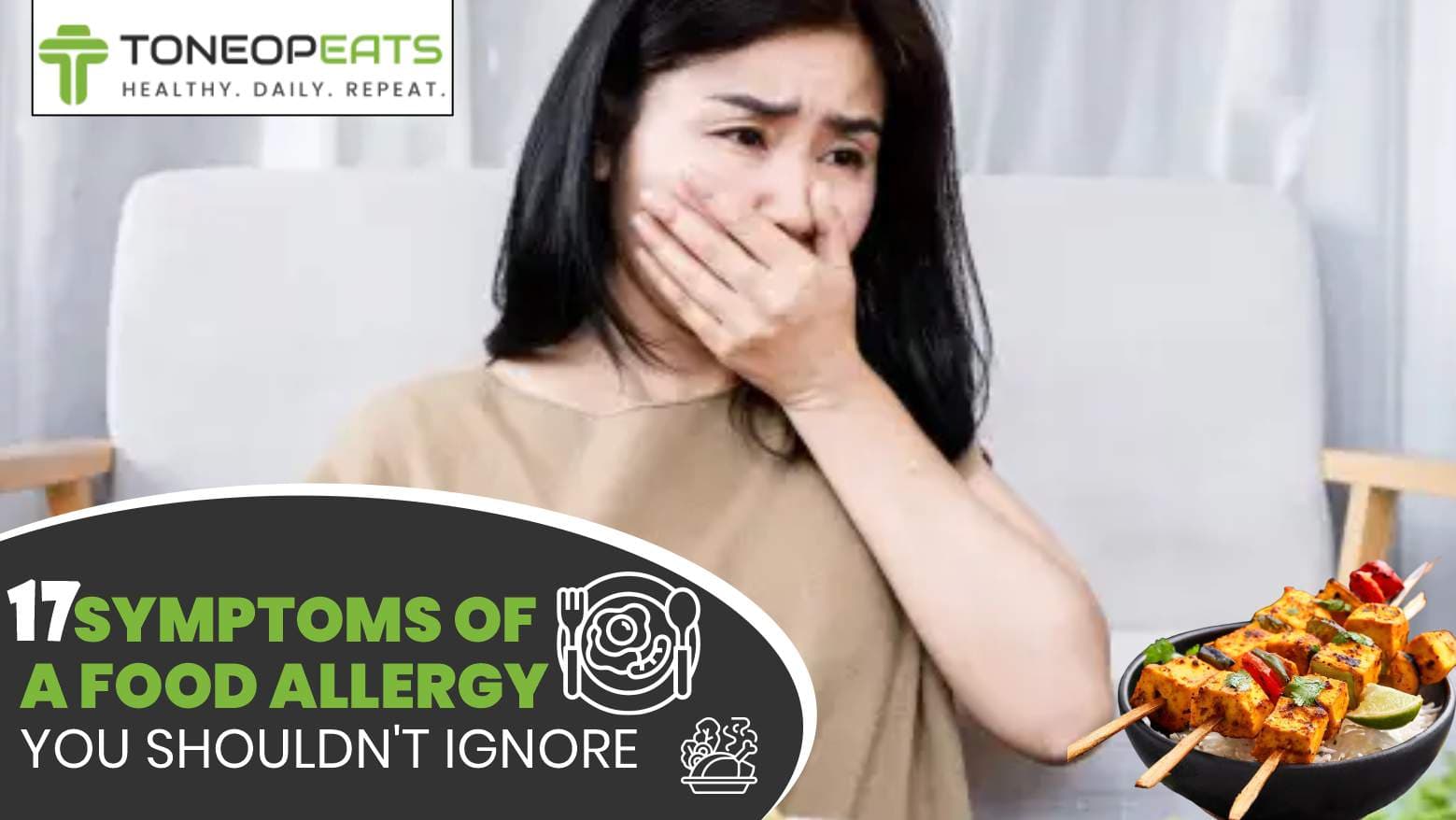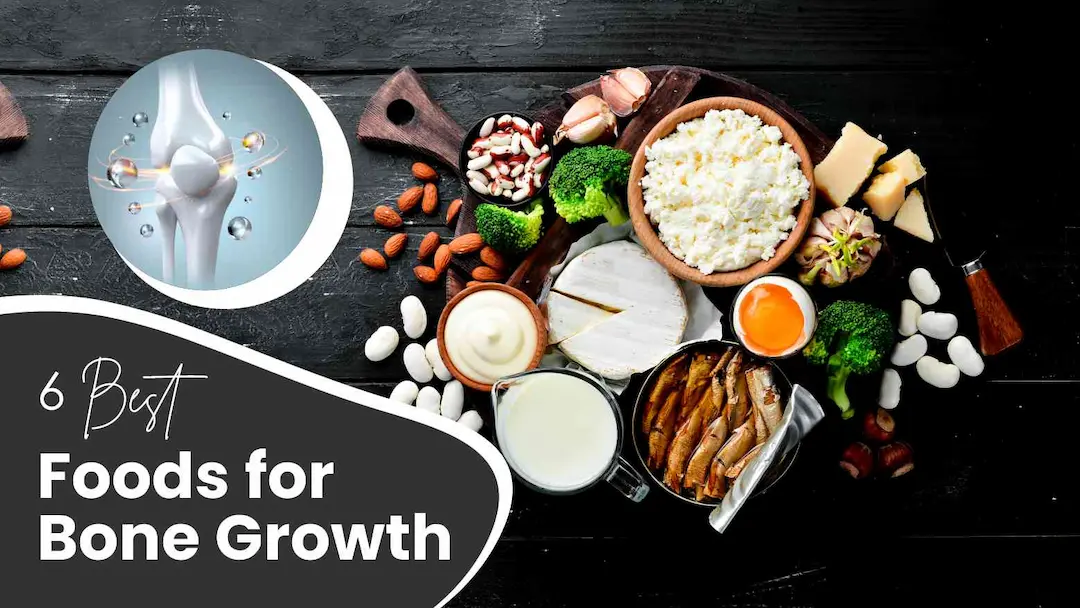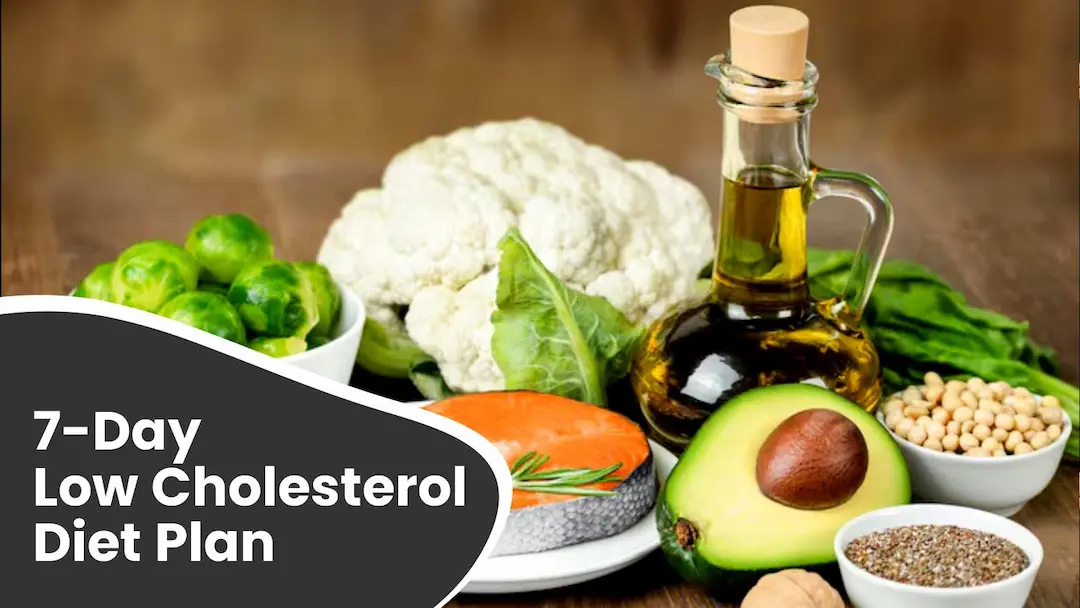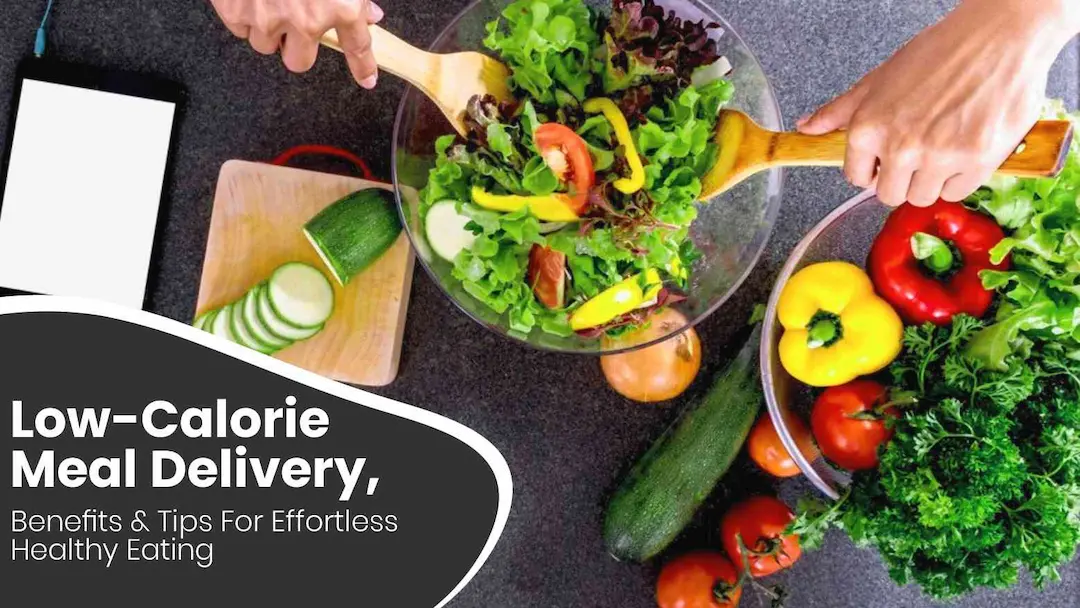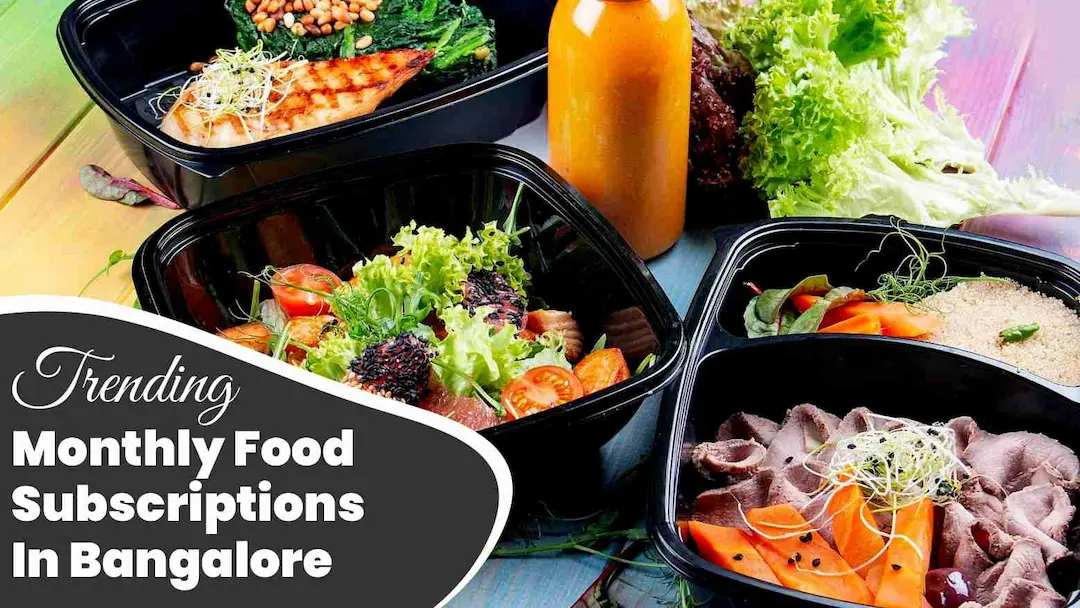Are you experiencing unexplained symptoms after consuming certain foods, like hives, digestive problems, or difficulty breathing? It's possible that you may have a food allergy. Food allergies can be a serious health concern, affecting millions of people worldwide. These allergies cannot be ignored, as they can lead to severe reactions, including anaphylaxis, which can be life-threatening. Thus, understanding the common signs and symptoms and the food triggers is essential for early diagnosis and effective management.
Let’s explore the symptoms of a food allergy, 10 common sources of food allergies and offer 6 helpful relief tips to reduce allergic reactions and improve your gut health. So, keep reading!
Table Of Contents
1. 17 Symptoms Of A Food Allergy
2. What Are 10 Common Food Allergies?
3. How Do You Flush Out A Food Allergy? 6 Relief Tips
4. Dietitian’s Recommendation
5. The Final Say
6. FAQs
7. References
17 Common Symptoms Of A Food Allergy

Let’s understand these common signs and symptoms of a food allergy are essential for early diagnosis and effective management:
1. Hives (Urticaria)
Food allergies can trigger hives, which appear as raised, red, and intensely itchy welts on the skin. These welts can develop anywhere on the body, often moving and reappearing in different spots. Hives vary in size, sometimes merging to form larger patches, and they cause significant discomfort as they persist.
2. Eczema (Atopic Dermatitis)
Food allergies may cause flare-ups in people with eczema, resulting in dry, itchy, and red patches of skin. These flare-ups are particularly common on the face, neck, and limbs, and the discomfort can be worsened by scratching, leading to further irritation and inflammation.
3. Swelling (Angioedema)
Swelling, or angioedema, is another common symptom of food allergies. It often affects the face, lips, tongue, and throat. This type of swelling can cause discomfort, and if it affects the airways, it can interfere with breathing or swallowing, necessitating urgent medical care.
4. Itching And Rash On Skin
Itching and rashes can develop in areas not directly exposed to the food allergen, particularly in children. This reaction can cause generalised discomfort and is common in infants, who may also experience rashes in response to certain food allergens.
For the best skincare solution, consider Skin 360 tablets by ToneOp Care. This age-defying formula, enriched with Glutathione, NAC, Hyaluronic Acid, Vitamins C & E, and Mango flavour, promotes glowing skin, reduces pigmentation, treats acne and skin disorders, and even improves skin tone.
5. Sneezing And Runny Nose
Milder allergic reactions can resemble hay fever symptoms, such as sneezing, a runny nose, and nasal congestion. These symptoms often occur alongside other signs of a food allergy and may indicate a less severe reaction.
Also Read: Best Detox Juice Recipes To Detoxify Your Liver, Kidney, & Overall Body
6. Coughing And Wheezing
Food allergies can lead to coughing and wheezing by irritating the airways. Individuals with asthma are particularly vulnerable, as food allergies can exacerbate asthma attacks, making it essential to monitor any breathing difficulties closely.
7. Shortness Of Breath
Shortness of breath is a concerning symptom, indicating a more severe allergic reaction. Difficulty breathing or a tight feeling in the chest can occur when the airways become obstructed, requiring immediate medical attention to prevent complications.
8. Throat Tightness And Hoarseness
Swelling in the throat can lead to a sensation of tightness or hoarseness, making it difficult to speak or swallow. This symptom can escalate to complete airway obstruction in severe cases, making it a medical emergency.
9. Abdominal Pain And Cramping
Severe and sudden abdominal pain or cramping may occur after consuming an allergenic food. This pain can last several hours and often disrupts daily activities, indicating a digestive reaction to the allergen.
10. Nausea And Vomiting
Nausea is often one of the first signs of a food allergy, sometimes followed by vomiting as the body attempts to expel the allergenic substance. While vomiting can relieve symptoms, it can also lead to dehydration and other complications if it persists.
Also Read: Delicious And Nutritious: Healthy Meal Ideas For Effective Weight Loss
11. Diarrhoea
Loose stools or diarrhoea are common digestive symptoms of food allergies, often starting shortly after eating. This symptom may last for several hours or days and can be accompanied by other gastrointestinal issues.
Try ToneOp Care's Isab Go+ Sachets to manage diarrhoea. These sachets contain Ispaghula Husk with Lactitol Monohydrate, providing gentle relief from digestive issues and promoting healthy digestion. With their safe, easy-to-use format, Isab Go+ Sachets can help you achieve a healthier gut. Incorporate them into your daily routine for a comfortable and regular digestive experience.
12. Bloating And Gas
Food allergies can cause excessive gas, leading to bloating and abdominal discomfort. This symptom is often confused with conditions like lactose intolerance but can be a sign of a food allergy when linked to certain foods.
For relief from digestive discomfort, consider Digest 360 Tablets by ToneOp Care. This product offers 12 powerful enzymes, restores your digestive system's balance, and supports optimal gut health.
13. Pale or Blue Colouring of the Skin (Cyanosis)
Cyanosis causes a pale or bluish discolouration of the skin and can be a severe symptom of a food allergy. This occurs when there is insufficient oxygen in the blood, often due to a severe allergic reaction that restricts airflow to the lungs. If you notice cyanosis, get immediate medical care as it can be a sign of anaphylaxis, a life-threatening allergic reaction.
Also Read: 7 Benefits Of Drinking Protein Shake Before Sleep For Muscle Growth And Better Rest!
14. Rapid Heartbeat (Tachycardia)
Tachycardia, or a rapid heartbeat, can occur as the body reacts to low blood pressure or reduced oxygen levels caused by a severe allergic reaction. This is a sign of anaphylaxis and should be treated as a medical emergency.
15. Chronic Gastrointestinal Issues
Chronic digestive problems like diarrhoea, bloating, and abdominal pain may result from delayed food allergy reactions. These ongoing symptoms can significantly affect an individual’s daily life and digestive health.
ToneOp Care's Gastro Health Care Combo offers a comprehensive solution to help you manage digestive issues like indigestion, constipation, bloating, and acidity symptoms and improve your digestive health. This combo improves food absorption and a more comfortable digestive experience by supporting IBS management, enhancing metabolism, and optimising liver function. Try ToneOp Care's Gastro Health Care Combo for 60 days and experience its positive impact on your digestive wellness.
16. Tingling In The Mouth And Throat
After consuming raw fruits or vegetables, some people may experience itching or tingling in the lips, tongue, throat, or roof of the mouth. This reaction can be mild and often subsides quickly.
17. Swelling Of The Lips And Tongue
Mild swelling of the lips and tongue is a possible food allergy symptom, though it typically resolves on its own without requiring medical treatment.
Also Read: 20 Healthy Dinner Ideas With The Best Food Choices & Tips To Eat!
What Are 10 Common Food Allergies?
While anyone can develop a food allergy at any age, certain foods are more commonly implicated. Understanding these common food allergens can help people take preventative measures and manage their symptoms effectively.
Let's explore the ten most frequent culprits in food allergies.
1. Milk Allergy
A milk allergy, primarily affecting infants and young children, is triggered when the immune system misinterprets cow’s milk proteins like casein and whey as harmful. This can cause symptoms such as hives, vomiting, or, in extreme cases, anaphylaxis. Unlike lactose intolerance, which stems from an enzyme deficiency, milk allergy involves an immune reaction. While many children outgrow this allergy, some must avoid milk throughout life to prevent allergic responses.
2. Peanut Allergy
Peanut allergies are often lifelong and can be severe, affecting children and adults. The immune system erroneously perceives peanut proteins as harmful, leading to reactions such as swelling, breathing difficulties, or anaphylaxis. Although peanuts are legumes and not tree nuts, cross-contamination with tree nuts is a risk. Therefore, individuals with peanut allergies should take precautions to avoid all types of nuts.
3. Egg Allergy
Egg allergies, especially to egg whites, are common in children and are caused by the immune system’s response to proteins such as ovomucoid. Symptoms may include skin rashes, abdominal pain, and respiratory issues. For some, cooking eggs may reduce the allergic reaction as heat alters the proteins, but others may react even to trace amounts, necessitating complete avoidance.
4. Tree Nut Allergy
Allergies to tree nuts, including almonds, walnuts, and cashews, cause allergic reactions. The immune system reacts to specific proteins in these nuts, causing symptoms like skin rashes, digestive issues, or anaphylaxis. Tree nut allergies are usually lifelong, requiring strict avoidance as they can lead to severe allergic responses.
5. Shellfish Allergy
In adults, Shellfish allergies occur when the immune system reacts to proteins such as tropomyosin in crustaceans like shrimp, lobster, and crab. Symptoms can range from hives and swelling to anaphylaxis. This type of allergy is typically lifelong, and cross-contamination between different types of shellfish is a concern, making avoidance of all shellfish necessary for those affected.
Also Read: 14 Easy, Healthy Breakfast Ideas That Are Perfect For Busy Mornings
6. Fish Allergy
Fish allergies, which can develop at any age, are triggered by proteins like parvalbumin. Reactions often include skin irritation, breathing difficulties, and digestive discomfort. Since cooking does not destroy fish allergens, even thoroughly cooked fish can cause allergic reactions. This allergy tends to be permanent and can sometimes increase sensitivity to other seafood.
7. Soy Allergy
Soy allergies occur when the immune system responds to proteins found in soybeans, commonly used in processed foods. Symptoms range from mild, such as skin rashes, to severe reactions like anaphylaxis. While some children eventually outgrow soy allergies, others must avoid soy and its products, including tofu and soy milk, to prevent reactions.
8. Sesame Allergy
Sesame allergies are rising, especially in the U.S., where the immune system reacts to sesame seeds and oils. Reactions can include hives, breathing difficulties, or anaphylaxis. Sesame is highly allergenic, and even small amounts can cause significant symptoms. To prevent exposure, those with sesame allergies must carefully avoid products like tahini and sesame oil.
9. Wheat Allergy
A wheat allergy occurs when the immune system reacts to proteins in wheat, such as gluten. This is distinct from celiac disease, where the immune system attacks the body. Symptoms of wheat allergy include hives, asthma-like responses, and digestive problems. While some individuals can tolerate alternative grains like rice or corn, many children outgrow this allergy, but adults may continue to be affected.
10. Mustard Allergy
Mustard allergies, more common in Europe, happen when the immune system reacts to proteins in mustard seeds. Symptoms vary from mild, like skin irritation, to severe, like anaphylaxis. As mustard is often found in condiments and processed foods, it can be difficult to avoid, making it crucial for individuals to read labels and avoid mustard-containing products carefully.
Also Read: Learn All About A High-Protein Diet For Muscle Building & Get A 7-Day Plan!
How Do You Flush Out A Food Allergy? 6 Relief Tips
There’s no way to "flush out" a food allergy once the immune system reacts to a food. However, you can try these tips to manage the symptoms of an allergic reaction and prevent it from worsening.
Relief Tips | Purpose | Effectiveness in Managing Food Allergy |
Prioritise Hydration | Drinking water helps flush out irritants from the digestive system, easing symptoms like nausea and diarrhoea. | Eases mild gastrointestinal symptoms by helping to dilute allergens and flush them from the system. However, it does not stop the immune system's reaction to the allergen, so avoid the trigger food in the future. |
Opt For Probiotics | Probiotics, such as yoghurt or kefir, contain beneficial bacteria that may improve gut health and balance the digestive system. | It can reduce digestive discomfort associated with mild allergic reactions, allowing better gut health. While it does not treat the allergy itself, maintaining a healthy gut microbiome may help with symptom management. |
Take Prescribed Antihistamines | These medications block histamine, a chemical released during an allergic reaction that contributes to symptoms like hives, itching, and sneezing. | Effective for managing mild symptoms, allowing individuals to feel more comfortable. However, they do not prevent severe reactions like anaphylaxis, so be cautious. |
Include Honey | Local honey exposes the body to small amounts of pollen, helping with seasonal allergies. | It may offer some relief for mild allergy symptoms, especially for those with pollen allergies, but its relevance for food allergies is limited. |
Consult For Epinephrine | Administered via an auto-injector (like EpiPen), epinephrine quickly counteracts severe allergic reactions. | It is the only effective treatment for severe allergic reactions, such as anaphylaxis. After use, immediate medical attention is necessary, as further treatment may be required. |
Include Vitamin C | This vitamin has antioxidant properties and is known for supporting the immune system and reducing inflammation. | Vitamin C may help reduce mild allergy symptoms and boost the immune response. While it is not a cure for food allergies, a diet rich in vitamin C can support the body during allergic reactions. |
Also Read: All About Personalised Chart Of A Healthy Diet: Tips And 7 Day Diet Plan
Dietitian’s Recommendation
I recommend eliminating problematic food entirely from your diet and ensuring adequate nutrient intake with safe substitutes. Maintaining a thorough food and symptom journal can assist in recognising patterns and concealed triggers. Furthermore, including leafy greens, seeds, chicken broths, and gluten-free grains in your meals can enhance your immune system and assist in detoxifying your body.
Dt. Akshata Gandevikar
The Final Say
Therefore, understanding the diverse symptoms of a food allergy, ranging from mild skin reactions to severe anaphylaxis, is recommended for accurate diagnosis and effective management. While there's no cure for food allergies, you can live healthy lives by avoiding triggering food sources, taking emergency medications like epinephrine, and getting immediate medical attention when needed.
FAQs
1. What are the most common food allergies?
The most common food allergies are milk, eggs, wheat, soy, peanuts, tree nuts (like almonds or walnuts), fish, and shellfish. These are often referred to as the "Big Eight" allergens. However, it's important to note that anyone can develop a food allergy at any age.
2. What are some uncommon food allergies?
While the "Big Eight" are the most common, less common food allergies include sesame seeds, mustard, poppy seeds, and certain fruits and vegetables like apples, bananas, and celery. These allergies are often less well-known but can still cause significant reactions.
3. Can food allergies be cured?
Currently, there is no cure for food allergies. The primary treatment is avoiding the allergenic food and being prepared for accidental exposure. Oral immunotherapy, where patients gradually consume small amounts of the allergen under medical supervision, can help some people build tolerance, but it’s not a guaranteed or permanent solution.
4. What should I do if I accidentally eat something allergic to?
If symptoms are mild, taking an antihistamine may help. For severe reactions like swelling, difficulty breathing, or anaphylaxis, use an epinephrine auto-injector (EpiPen) immediately and seek emergency medical attention. It’s important to have an action plan, especially if you’re at risk of severe reactions.
5. Are food allergies and food intolerances the same?
No, food allergies involve an immune system response, while food intolerances do not. Intolerances like lactose intolerance are typically enzyme deficiencies and cause digestive discomfort without triggering an immune reaction. Food allergies, on the other hand, cause severe reactions, including anaphylaxis.
References
- https://www.mayoclinic.org/diseases-conditions/food-allergy/symptoms-causes/syc-20355095
- https://acaai.org/allergies/allergic-conditions/food/
- https://www.foodallergy.org/living-food-allergies/food-allergy-essentials/common-allergens
- https://schoolnutrition.org/resource/major-allergens-the-big-nine/
About ToneOp Eats
ToneOp Eats is your go-to health kitchen, delivering nourishing meals in Bhopal, Indore & Bangalore. The meals are prepared with strategically planned nutrition and portions for your health goal. With just three simple steps, you can subscribe to a meal plan for weight loss, muscle gain, or balanced diet goals. Experience the perfect blend of taste and wellness in our nutrient-dense and calorie-counted range of meals, including protein-rich grills and meal bowls, full of fibre salads & smoothies, workout-friendly protein 30,40,50 meals and refreshing juices.







